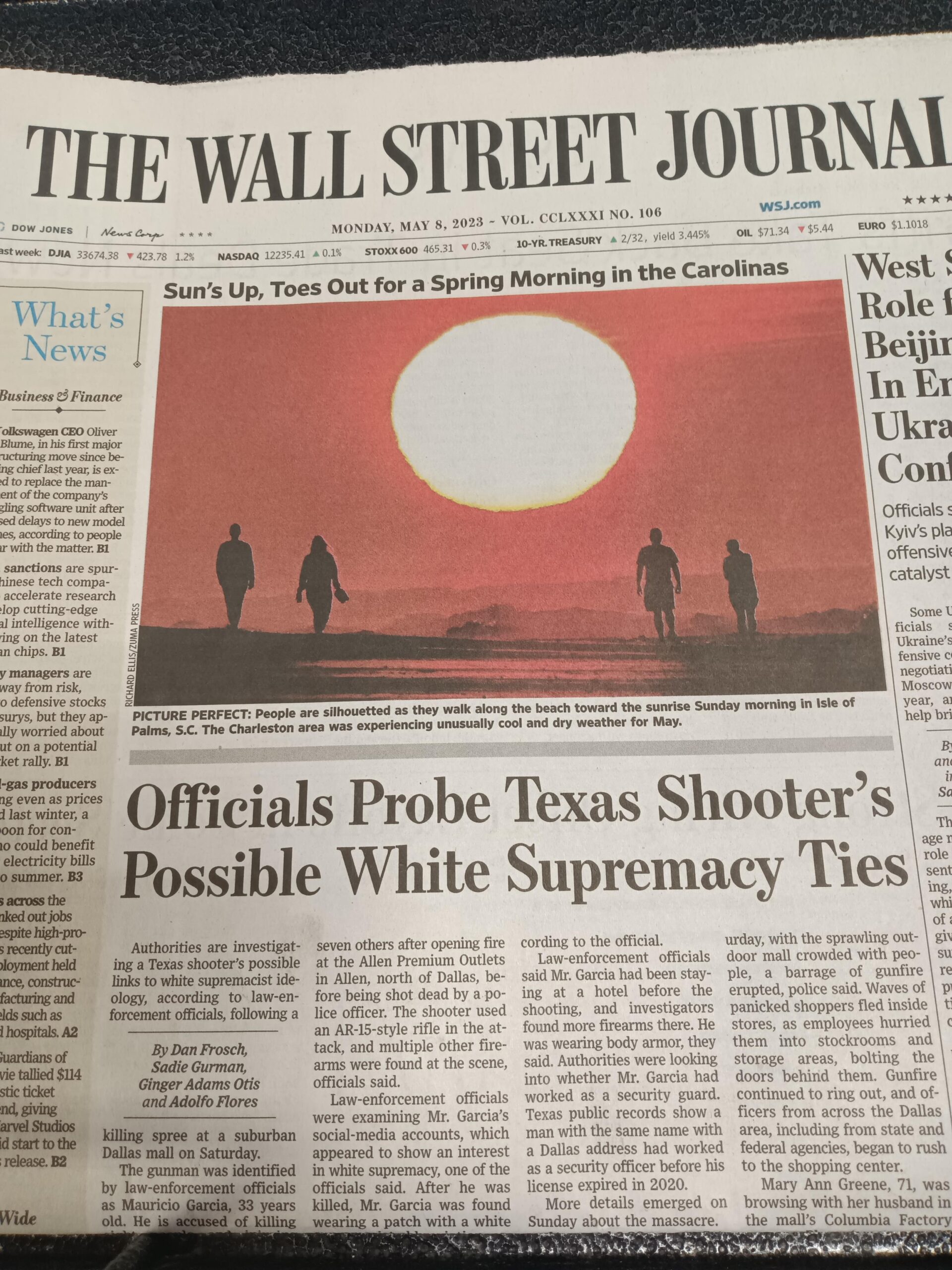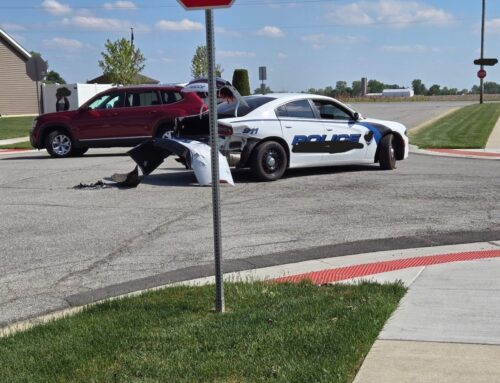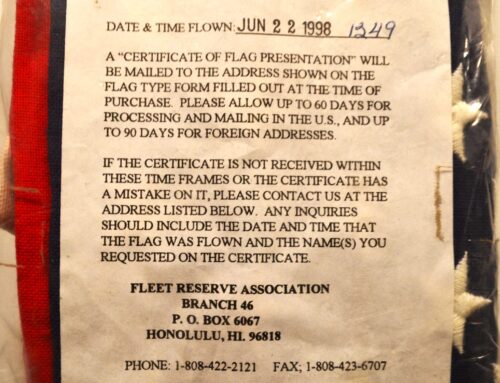“All actions in war take place in an atmosphere of uncertainty, or the “fog of war.” Uncertainty pervades battle in the form of unknowns about the enemy, about the environment, and even about the friendly situation. While we try to reduce these unknowns by gathering information, we must realize that we cannot eliminate them—or even come close. The very nature of war makes certainty impossible; all actions in war will be based on incomplete, inaccurate, or even contradictory information.
War is intrinsically unpredictable. At best, we can hope to determine possibilities and probabilities. This implies a certain standard of military judgment: What is possible and what is not? What is probable and what is not? By judging probability, we make an estimate of our enemy’s designs and act accordingly. Having said this, we realize that it is precisely those actions that seem improbable that often have the greatest impact on the outcome of war.” – Warfighting, U.S. Marine Corps Manual, pg 7
80%
Two decades ago was the first time I heard John Farnam (former Marine) explain to an Urban Rifle Class that if they brought their sights up and were 80% certain they could make the shot, they should take it! He then cautioned that if they were to wait until they were 100% certain of a hit, the target would be gone by the time they committed – not only would they fail to score any hits, they might very well suffer mortal wounds during their “pause for certainty.”
Likewise, in training, if a student was scoring 100% hits, John would tell then they were shooting “too slow.” That they should “push their envelope” to the point where they began missing 20% of their shots, and then dial it back a bit to all hits once that was achieved.
I began referring to that nugget of instruction as Farnam’s 80% Rifle Doctrine.
The object of pushing the envelope was not to encourage missed shots in real gunfights, but to train the students to know where their actual capabilities lie. One in 10 shots missed doesn’t tell us much. 2 in 10 gives us a reasonable indication the student is going too fast.
In actual fights we are always risking a missed shot. Attempting to wait for “perfect conditions” before pressing the trigger is an effort in futility. 80% certainty is about the best we can achieve in a real time window when our goal is to immediately stop VCA’s from doing further damage. Again, it’s 80% “I can make this shot” – our decision to fire. We train for a 100% hit ratio once we decide to shoot.
80% is about as low a probability we want to risk with rifles due to the high stakes involved. But, no matter where we set the standard, risk is inherent to the undertaking. 100% risk-free lethal force engagement is impossible to attain. Those who suggest otherwise are living in fantasyland.
THE 10th MAN
“If nine of us who get the same information arrived at the same conclusion, it’s the duty of the tenth man to disagree. No matter how improbable it may seem. The tenth man has to start thinking about the assumption that the other nine are wrong.” – Mossad Chief Jurgen Warmbrunn, in the 2013 film World War Z
The film World War Z contains a scene where an Israeli intel officer explains how his team was able to secure Jerusalem from a viral outbreak when no other nations were able. He attributes it to the 10th Man Rule.
When a committee of 10 convene to assess any situation, and 9 of them are in agreement on a course of action, it’s the 10th man’s duty to disagree. Thus, even the outlandish, or impossible, are considered and planned for.
The information that Mossad intercepted in the film was that “zombies” were attacking and multiplying in a foreign nation. The committee decided that was “impossible” and there must be some other explaination, thus, the 10th man had to disagree, and, in turn, form a defense plan which assumed it was true.
Granted, it’s just a movie. However, the concept isn’t new. The Catholic Church referred to it as advocatus diaboli, or The Devil’s Advocate. The contrary position is taken up, argued, and considered, in order to keep group-think, mob action, and simple mistakes, in check.
It’s also the basis for logical thinking and debate, as well as “beyond a reasonable doubt” in our legal system.
APPLICATION
Lately I’ve been a part of multiple conversations with friends and associates about, for lack of a better term, The Truth. The questions being framed as, “What is the real truth about ___________ [Fill in the blank], and how do we know it’s the truth?”
The economy, religion, politics, Ukraine, 9/11, aliens, the Kennedy assassination, the FBI, Trump, Biden, Covid, Musk, Maui, China, elections – you name it, people are in complete doubt about the validity of the information they are hearing, regardless of source.
…and count me among the confused! Which is for good reason, as most everything we hear is eventually shown to be some sort of a lie. However, just because we know something to be a lie does not mean we are privy to the actual truth. Thus, the quandary thinking people find themselves in, today.
My advice is this: apply the 80%/10th Man Rule to your assessments.
On your figurative (or actual) whiteboard, map out all the information you have about the subject in question. When you come to a conclusion you are 80% certain of, run with it. At the same time, include a column on your board for the 10th man. Always leave a place in your mind open to the idea you’re wrong. List all the other possibilities you can think of. Should new information arise that contradicts your 80% certainty, re-assess and form a new plan.
Does any of this sound familiar? It’s Boyd’s OODA [Observe, Orient, Decide, Act – repeat] applied to the daily warfare we call LIFE, with one alteration. It’s setting a goalpost for the “Decide” portion of the exercise – more accurately, it’s a direct kick in the pants to force the Observe/Orient portion into Decide/Act.
There is no way for any of us to ever know the full truth about ANYTHING.
Will your customers pay you when the job is done? Will your neighbor return your power drill? Will you live long enough to collect a pension? Is Volodymyr Zelenskyy a modern-day hero and not an actor/puppet put in place to oversee a massive money laundering operation?
If you’re 80% sure, do the work, loan the tool, pay into the system, and send your money and sons to Ukraine. However, leave your mind open to revise/reverse course when the first red flag pops up.
If we wait until we are 100% certain we will never accomplish anything! We will never open businesses, get married, have children, make friends, change jobs, or go on the offensive to take the hill. We must act!
Conversely, may we also be blessed with consigliere [even if it is one’s own self] offering a counter argument that gives us pause to consider we’re wrong – and, when proven wrong, the will to decisively change course.
80% = take the shot! After all, fortune favors the bold. Sure, we might be wrong, and fail – but, over time, our 80% actions will absolutely overwhelm those waiting for 100% perfect conditions. Besides, every shot that isn’t taken is a guaranteed miss.
Imagine the success if the mass of conservatives in our nation applied the 80/10th to our political agenda? 80% successful offensive action against the left, with a 20% failure rate. Failure that includes an immediate re-assess, re-group, and re-attack, which then results in another 80% victory ratio. Rinse and repeat. Along with it, planning for the most outlandish impossibilities to occur. Constant attack backed up with outside the box thinking!
Instead we suffer Mitch McConnell.
Dare to dream.
In the meantime, I can’t fix the nation, but I can affect the 3-foot area around me – and this application is the best practice I’ve found to maintain forward momentum.
“Risk is equally common to action and inaction.
Risk may be related to gain; greater potential gain often requires greater risk.” – Warfighting, U.S. Marine Corps Manual, pg8





